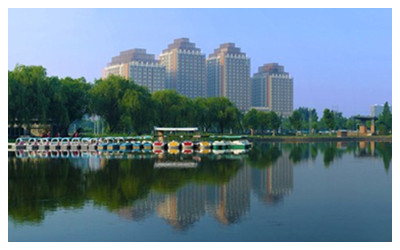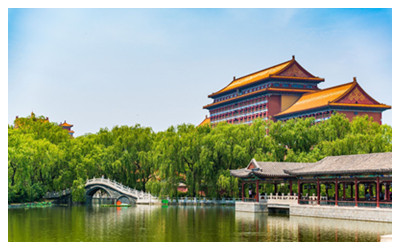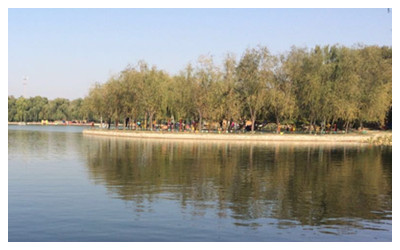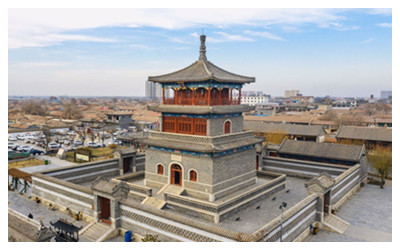Skype: neodalle-travel
Tel: +86 135 7447 2266
E-mail: sales@zhangjiajieholiday.com
 Situated in the eastern-central part of Hebei Province, Langfang City borders Beijing in the north, Tianjin in the east, Cangzhou in the south, and Baoding in the west. It is in the central area around Bohai Sea, and is regarded as a nexus linking Beijing and Tianjin.
Situated in the eastern-central part of Hebei Province, Langfang City borders Beijing in the north, Tianjin in the east, Cangzhou in the south, and Baoding in the west. It is in the central area around Bohai Sea, and is regarded as a nexus linking Beijing and Tianjin.History of Langfang
According to historical records, ancestors of the Langfang people inhabited this area as early as 6,000 thousand years ago. It was included in the territory of the Yan Kingdom during the Warring States Period (476BC-221BC), and as a national boundary of the Song Dynasty (960-1279) and Liao Kingdom (an ethnic regime in north China). It was just a small and shallow village in the eighteenth Century and gradually became a town in the late Qing Dynasty (1644-1911).
What to see in Langfang?
The terrain of Langfang city is low and flat. Depressions and dunes can both be found in this area. Its northern part is mainly comprised of hills and mountain areas. But the central and southern part of the city is alluvial plain which is much lower in altitude.
 |
 |
 |
| Grand Epoch City | Langfang Nature Park | Shengfang Ancient Town |
When to visit Langfang?
Langfang enjoys a temperate, continental monsoon climate with four clear seasons. The weather in spring is dry and windy, and it is hot and rainy in summer. Autumn is cool and comfortable, while winter is chilly. January is the coldest month with an average temperature of 4.7°C (40.5°F) and July the hottest with an average temperature of 26.2°C (79.2°F). Autumn is the best season in which to visit there.
How to reach Langfang?
This city Langfang is only a 20 or 30 minute ride from Beijing and Tianjin respectively. There are buses and trains daily from this city to Beijing and Tianjin departing every 15 to 20 minutes. Many trains go to Beijing and Tianjin via the city, the trip taking about one hour.
Langfang Travel Tips
Special Local Products: pear, walnut, golden thread small jujube, willow knitting of Gu'an County, cloisonne.
Langfang New Century Walk Street is a good shopping destination which is located in the central downtown area. The European style architecture of the street truly provides a feast for the eye. In addition, the city has rich geothermal resources. It is a wonderful idea to have a spa in the Mingtang Hotspring in Bazhou City.
 Ask Questions ?
Ask Questions ?